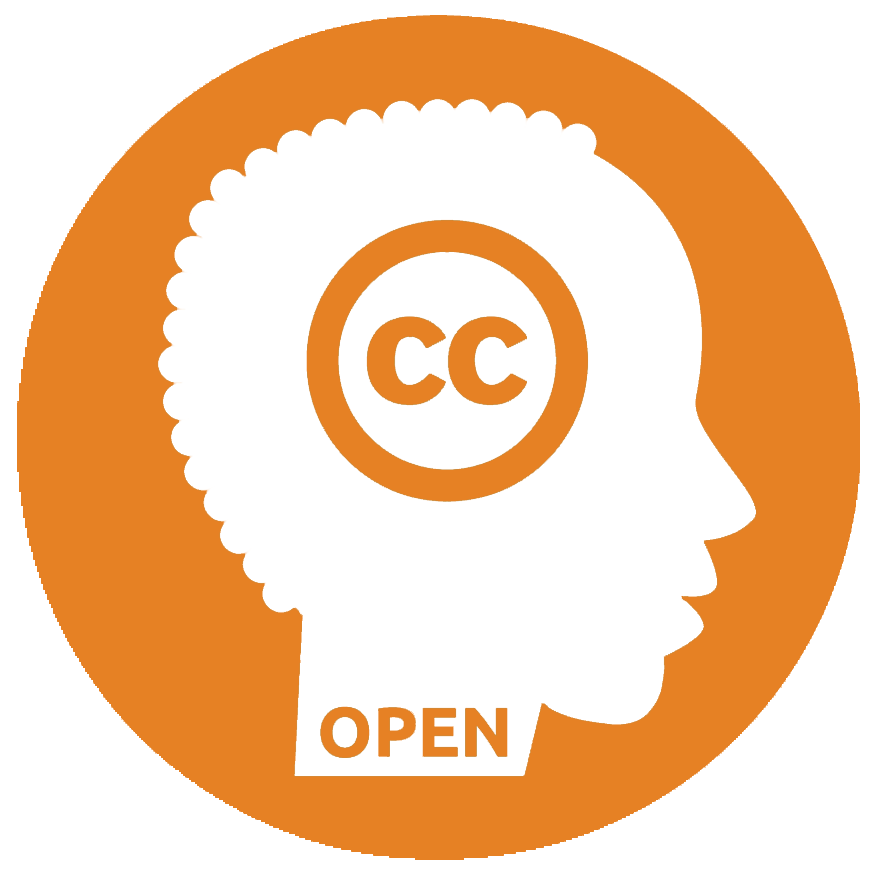Innovative technology-based interventions for autism spectrum disorders: A meta-analysis
Resource type
Journal Article
Authors/contributors
- Grynszpan, Ouriel (Author)
- Weiss, Patrice L (Tamar) (Author)
- Perez-Diaz, Fernando (Author)
- Gal, Eynat (Author)
Title
Innovative technology-based interventions for autism spectrum disorders: A meta-analysis
Abstract
This article reports the results of a meta-analysis of technology-based intervention studies for children with autism spectrum disorders. We conducted a systematic review of research that used a pre–post design to assess innovative technology interventions, including computer programs, virtual reality, and robotics. The selected studies provided interventions via a desktop computer, interactive DVD, shared active surface, and virtual reality. None employed robotics. The results provide evidence for the overall effectiveness of technology-based training. The overall mean effect size for posttests of controlled studies of children with autism spectrum disorders who received technology-based interventions was significantly different from zero and approached the medium magnitude, d = 0.47 (confidence interval: 0.08–0.86). The influence of age and IQ was not significant. Differences in training procedures are discussed in the light of the negative correlation that was found between the intervention durations and the studies’ effect sizes. The results of this meta-analysis provide support for the continuing development, evaluation, and clinical usage of technology-based intervention for individuals with autism spectrum disorders.
Publication
Autism
Volume
18
Issue
4
Pages
346-361
Date
05/2014
Journal Abbr
Autism
Language
en
ISSN
1362-3613, 1461-7005
Short Title
Innovative technology-based interventions for autism spectrum disorders
Accessed
27/09/2022, 11:48
Library Catalogue
DOI.org (Crossref)
Citation
Grynszpan, O., Weiss, P. L. (Tamar), Perez-Diaz, F., & Gal, E. (2014). Innovative technology-based interventions for autism spectrum disorders: A meta-analysis. Autism, 18(4), 346–361. https://doi.org/10.1177/1362361313476767
Outcome measure
Instructional domain (subject)
Education Level and Type
Groups of students
Moderating variables
Tech Hardware
Tech Software
Learning Approach
Research methods
Effect size/ heterogeneity
HIC/LMIC
Quality of research
Link to this record

